It’s Time to Reset Your Salt Thermostat (The Salt Fix, Part 4 Book Review)
Let there be salt! 🙌
We just wrapped up our final chapter of The Salt Fix by James DiNicolantonio and I don’t know about you, but I’m feeling a lot more confident about my salt intake!
These final pages are very important if you plan on implementing what you’ve learned from this book into your daily life, so if you’re behind in reading, go catch up!
In our part 3 reading assignment of The Salt Fix, we learned a lot about how much salt we actually need, and why a healthy intake is so beneficial. Consuming a healthy amount of salt can help sustain energy levels, prevent dehydration and muscle weakness, and help your body adjust to a low to no-sugar diet.
The benefits of a diet rich in salt go on and on, and we know by now that depriving ourselves of it can do more harm than good. If this book has made an impression on you, share your insight with others! You never know whose life it could change for the better.
If you didn’t get a chance to read The Salt Fix this month, sign up for our Hip2Keto Book Club and join us for another great read in September!
Listen to your body and give it what it needs.
If you’ve been reading along with us in The Salt Fix, you’ve learned about your body’s “salt thermostat” and how it intuitively dictates the amount of salt you should consume on a daily basis.
This will vary from person to person, but fortunately, Dr. James DiNicolantonio gives us a five-step plan in Chapter 8 to help reset our salt thermostat and restore balance in the body:
- Have an internal starvation test done with your doctor.
- Swap out simple sugars for real salt.
- Eat more whole, salty foods.
- Start consuming more nutrient-rich salt.
- Use salt to supercharge your exercise.
By following this five-step program, you’ll:
- Reverse any internal starvation that causes unhealthy food cravings (i.e. sugar!)
- Feel more energized and resilient during physical activities
- Boost your metabolism and improve cellular function
- Reduce insulin levels and burn fat more easily
If you’re coming off of a diet high in sugar, salt could be your best friend and a lifeline when your sweet tooth hits.

The final chapter of The Salt Fix goes further into what kind of foods we should eat more of (nuts, pickles, olives cured meats, seafood) and how we can do a better job at avoiding sugar. We also get a breakdown of different types of salt along with a nutrient comparison. If you eat a ketogenic diet, then you’re already getting loads of the good stuff and very little of the bad stuff!
Always be extra conscientious of the ingredients on packaged foods, as there are often hidden sugars, and once again, LISTEN TO YOUR BODY as it will tell you what it needs. If you find that you often use “too much” salt, it’s likely that your body actually needs that much to thrive.
Here are our key takeaways from The Salt Fix, chapter 8 + Epilogue:
“Reversing your salt deficit is straightforward: simply by giving in to your innate, natural cravings, you can naturally guide yourself back to the ideal amount of salt your body needs to operate at its best.”
“When patients come into the doctor’s office with high blood pressure, the first recommendation that many doctors make is to reduce salt—but I believe so many lives could be saved if we urged patients to enjoy plentiful salt and cut way back on their sugar instead.”
“Your taste buds aren’t what’s driving your salt consumption—your internal salt thermostat controls your taste buds in order to raise or lower overall salt intake.”
“For most people, your body constantly tells you to consume 3,000 to 5,000 milligrams of sodium per day, so if you avoid salt in your meals, this will likely cause you to consume more food throughout the day to get the amount of salt your body craves.”
“Once you start consuming more real foods and fewer items with added sugars, your palate will grow accustomed to foods that are less sweet; you really will be retraining your taste buds, in the right direction this time!”
“The key is to learn to conscientiously make healthy whole-food choices; pair ingredients smartly and use herbs and spices strategically.”
“The more you exercise, the more salt your body will need, as you’ll be losing salt through your sweat. Importantly, eating the appropriate amount of salt will help you retain the appropriate amount of water, so you’ll be more hydrated and thus have more energy to exercise in the first place.”
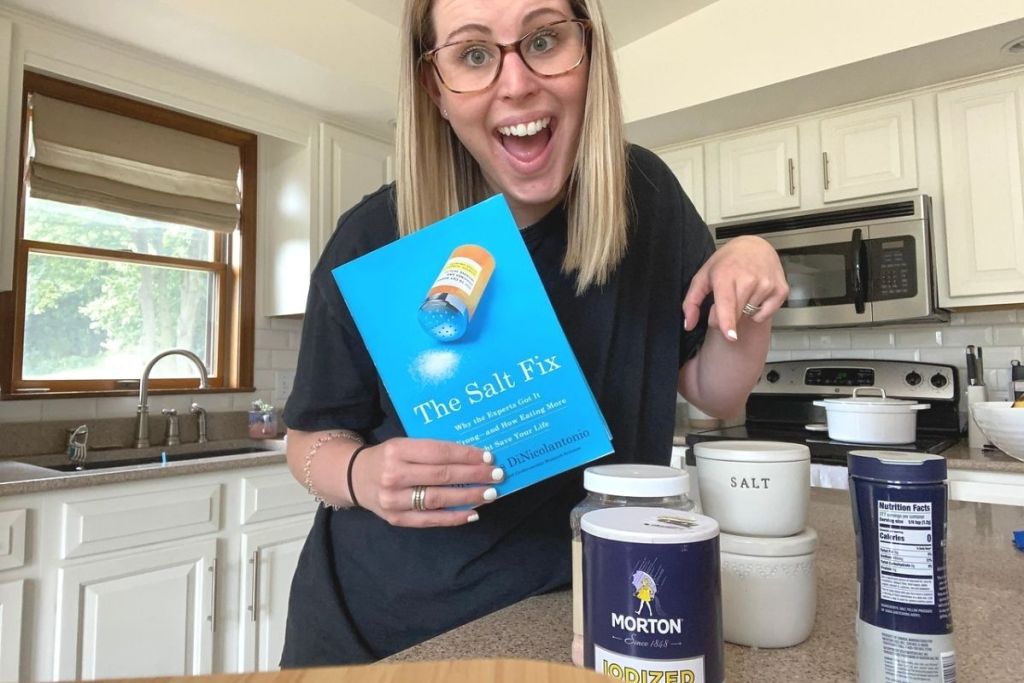
Salt is a solution, not a problem.
When we stop restricting salt, much like when we stop restricting fat on a keto diet, we actually encourage fat loss and gain substantial energy. Who knew salt and a low-carb lifestyle work together so beautifully?!
If you’re all done reading, please let us know what you thought about this final chapter and the book overall in the comment section below, and share your biggest takeaways with other Hip2Keto readers!
Don’t forget to sign up for our Hip2Keto Book Club if you haven’t already! We love reading with you!

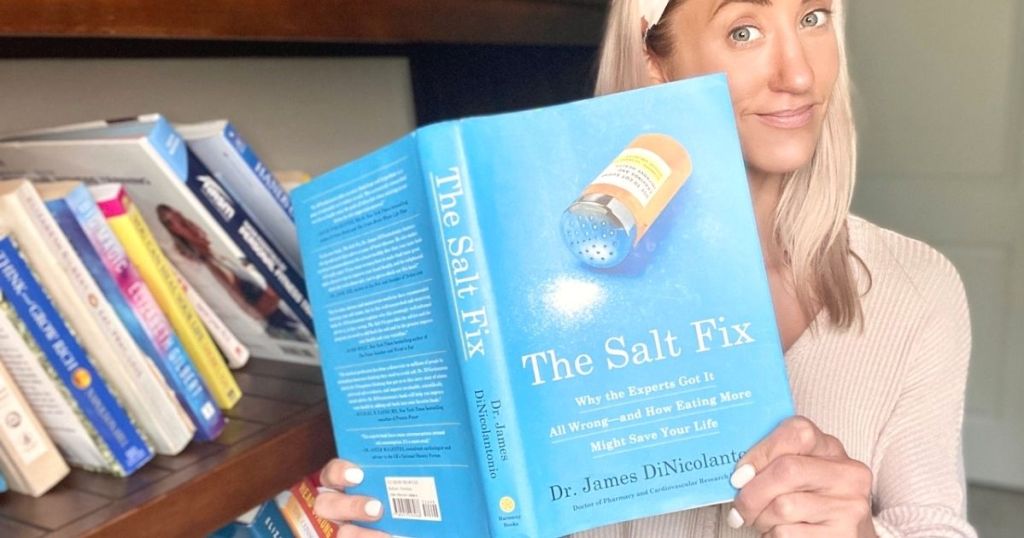
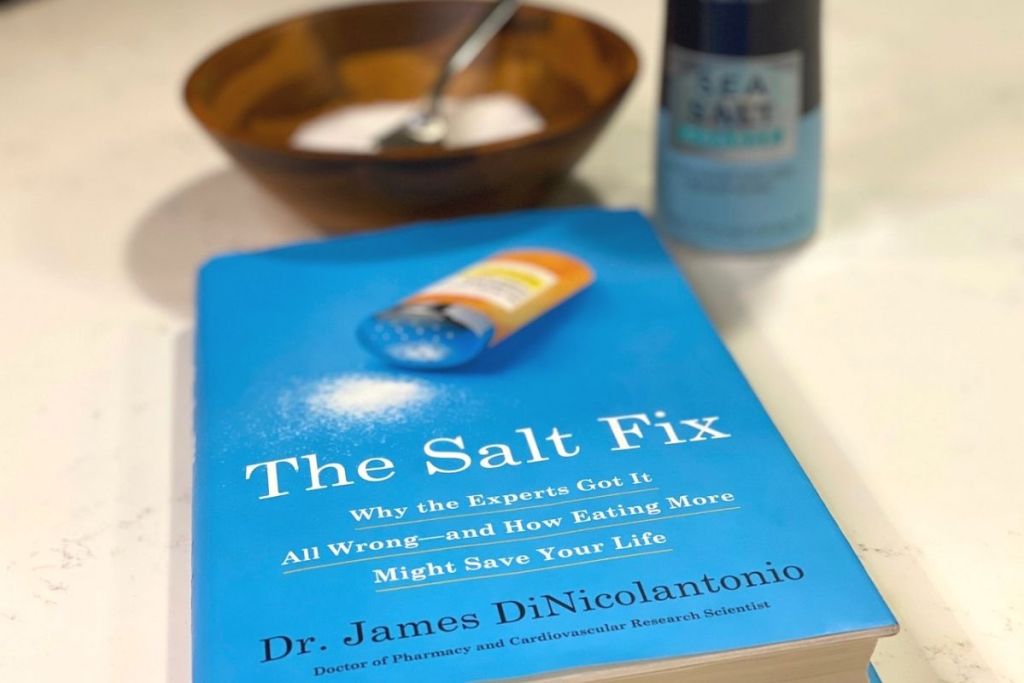
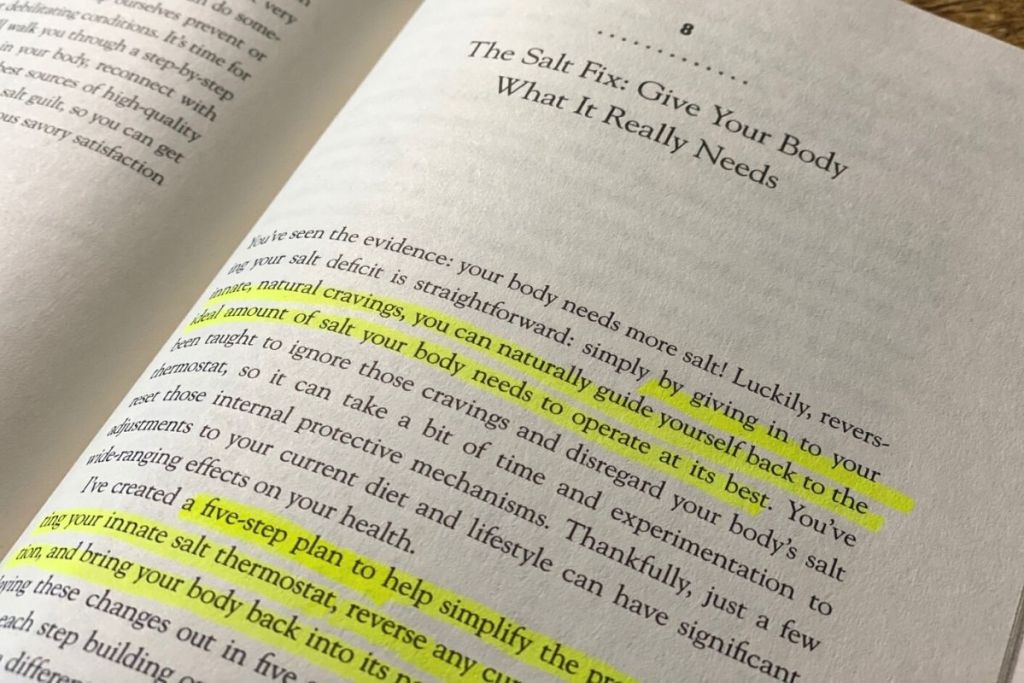
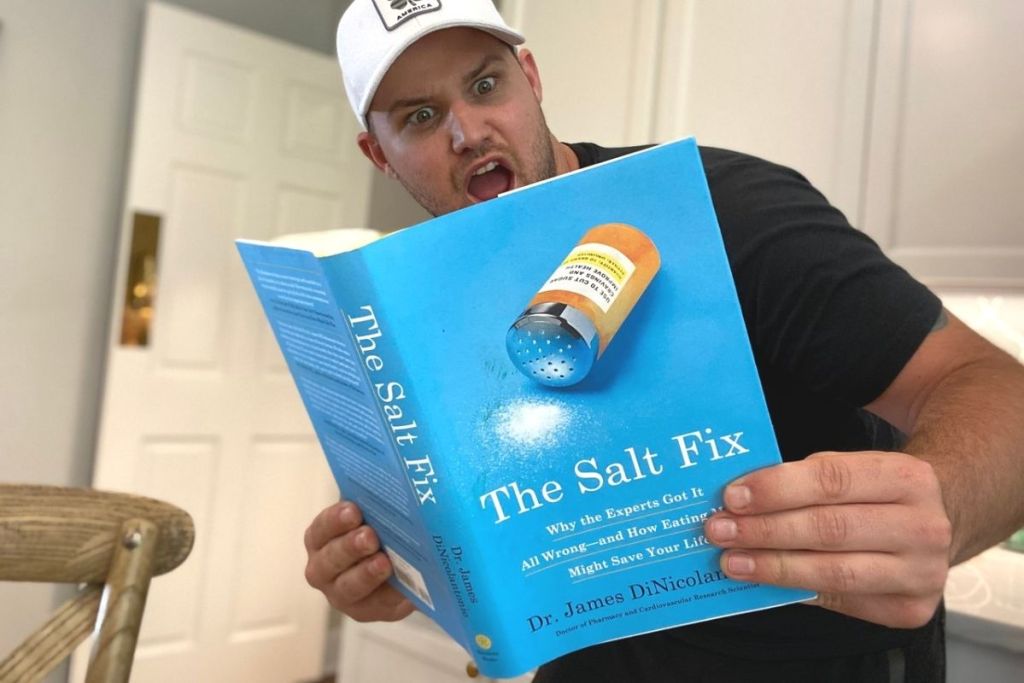
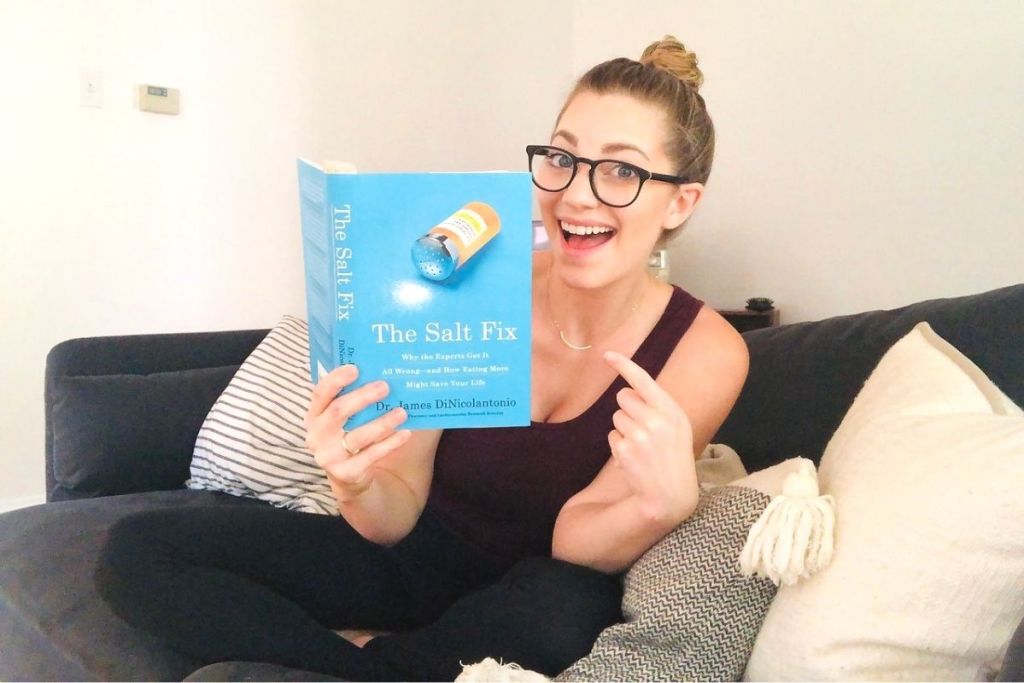
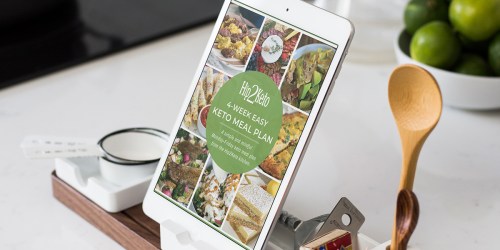
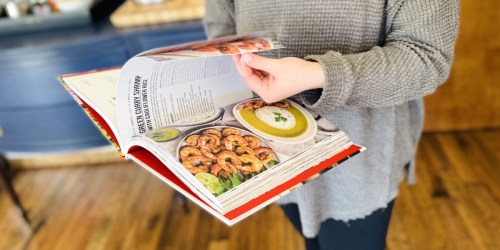
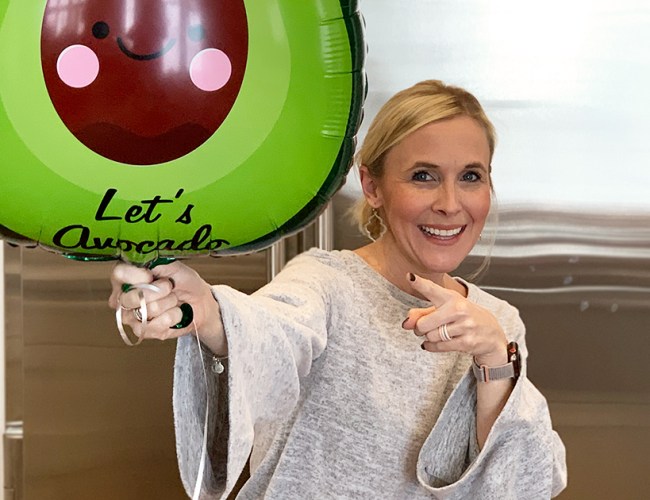
Can I just say that I really appreciate you guys? I am a wife and busy mom of two teenage boys and I have a very elderly father that lives with us that I also take care of. I really don’t have much time to myself, so I am really appreciative of your book summaries. This salt philosophy makes complete sense to me. Our chiropractor from north Atlanta has been preaching that to our family for years. So glad there is a book that backs up everything he has said. The only thing I would add is that you guys may want to google microplastics found in salt. Might be an interesting follow up article. Have a great weekend!
Aww, We truly appreciate YOU, Karla! 🤗Thanks a ton for your kind words and suggestion! Happy to hear you have been enjoying our book reviews! 💖
I have not read the book but made the switch to a “healthier salt” years ago. Himalayan (pink) salt is what I have been using and we love it. Is there a difference in this and the “processed white salt” that will make one better than the other in trying to learn our “salt-o-meter” ?
Hi there! It looks like white salt may have more sodium. Also, pink salt contains more minerals like calcium, potassium, magnesium and iron. Hope that helps!